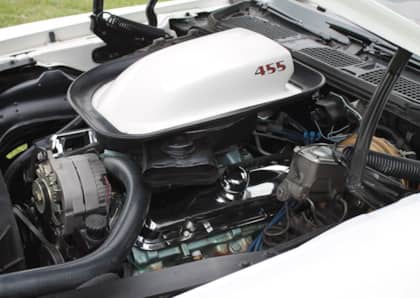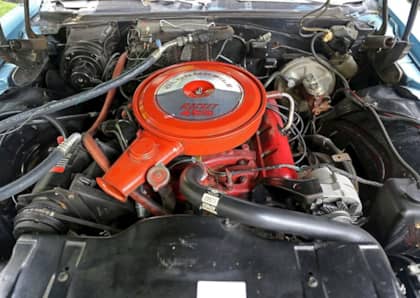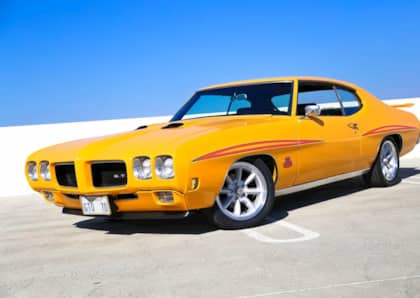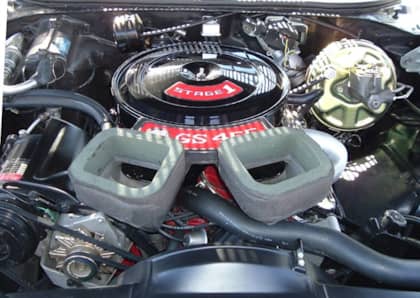The Pontiac 455 V8 was The GTO and Firebird Brand's Last "Big Block"
Of the three 455 cubic inch V8 engines offered by General Motors in 1970, the Pontiac 455 took the most unusual route to the market. Unlike Oldsmobile and Buick, which had both big block and small block engines on the shelf, Pontiac had been developing the same eight-cylinder formula since 1955. Over time, it would gradually push displacement higher and higher until it stood alongside its corporate stable mates in terms of overall size, without necessarily adopting the 'big block' name.
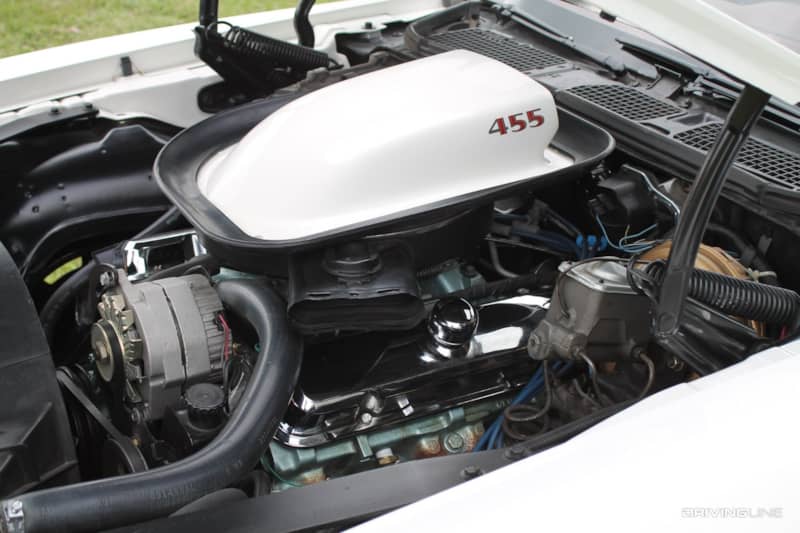
Despite its shared heritage, the Pontiac 455 featured a number of key differences between its design and those of the V8 motors that had come before it, and it stands apart as a distinct engine that played a key role in making cars like the Pontiac GTO and the Pontiac Firebird legends in their time.
The Long Road To The Top
Pontiac's original V8 engine offered 287 cubic inches, and first appeared in 1955. Over the course of the next decade the automaker would boost its size on almost a yearly basis, finally reaching the famous 389 CI displacement that would be immortalized by both the Pontiac GTO in the early 1960s, as well as the song 'Little GTO' by Ronnie & The Daytonas.
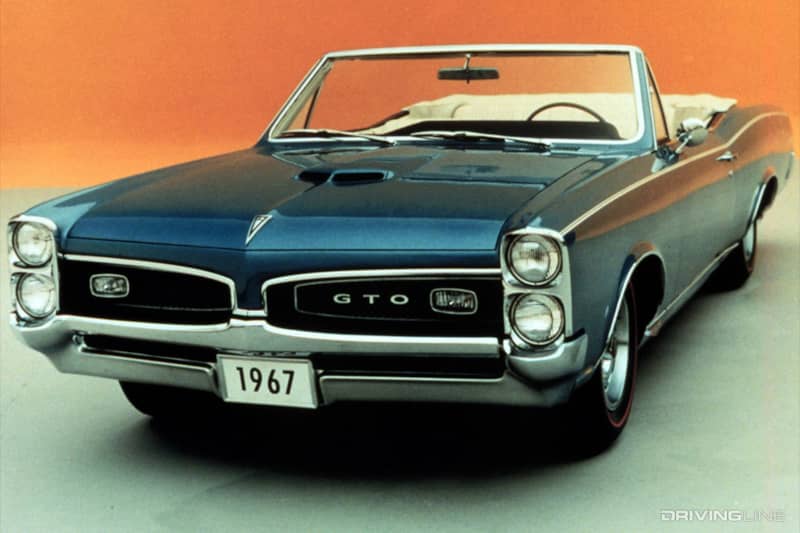
The 389 was a potent motor, especially when combined with tri-power carburetors, but even though Pontiac can take credit for kicking off the muscle car era that didn't mean it could rest on its laurels. The pressure to keep up with the soaring performance would lead the brand's Super Duty division to create a 421 cubic inch engine by boring it out to 4.09 inches and giving it a 4.00-inch stroke (and also equipping it with tri-power)
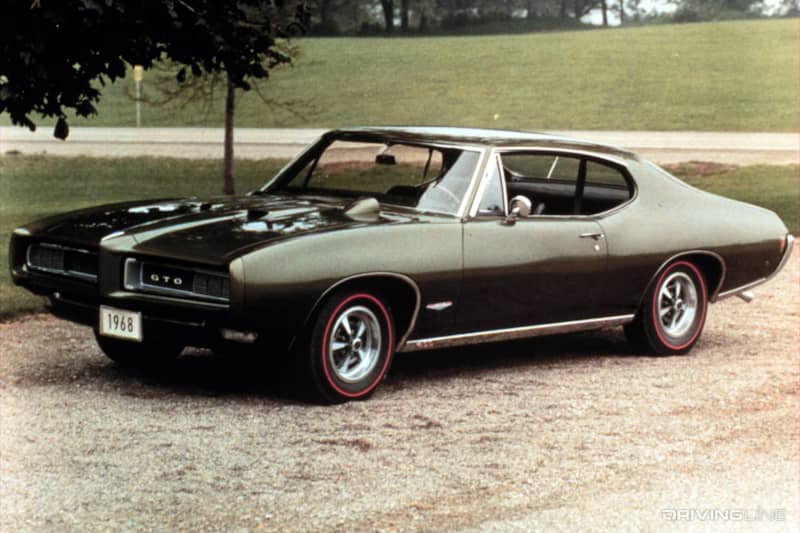
By 1967, however, GM introduced one of its many rules designed to protect the status of the Chevrolet Corvette as the company's top dog, and effectively outlawed triple-carburetor setups. This hamstrung the popular 389, and forced Pontiac into a displacement race that would ultimately lead to the development of the 455 engine.
Big, Bigger, Biggest
The 455 first appeared in 1970, and it took over from the 400 cubic inch and 428 cubic inch motors that had been put into play following the 389's departure from the high performance scene.
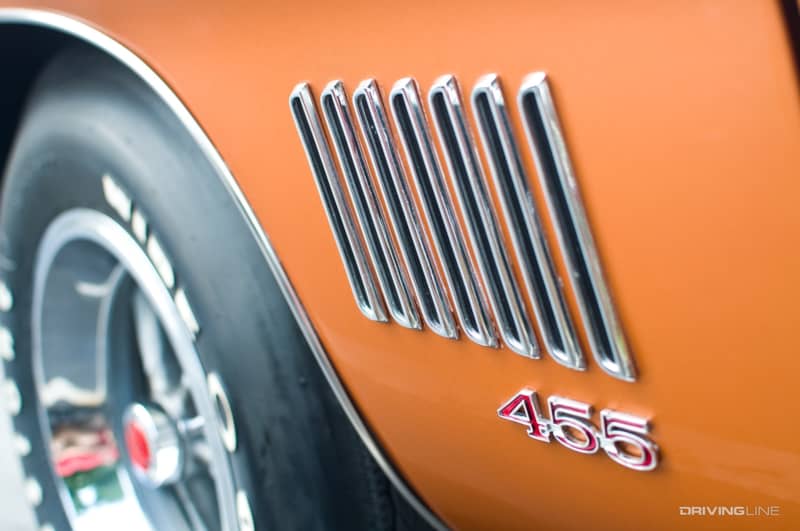
While the 400 offered excellent power in the GTO (360 horses and 445 lb-ft of torque in 1968), Pontiac turned to what it called 'big journal' engines for the muscle machine's next upgrade. The 421 Super Duty had been the first of these, and their large bore and stoke made them popular in NHRA and NASCAR competition throughout the '60s.
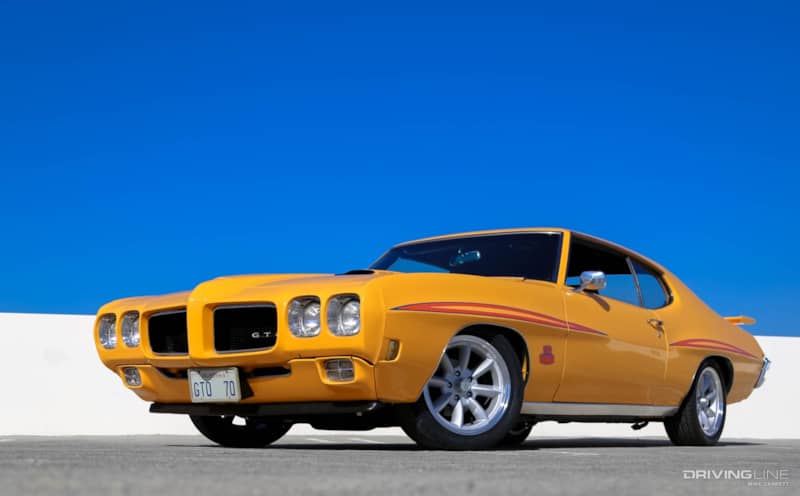
Pontiac's 428 was found primarily in full-size sedans and coupes, and when the mid-size GTO was up for a replacement motor the company's engineers created the 455 by boring the Super Duty engine to 4.1525 inches and using a crankshaft with a 4.21 inch stroke.
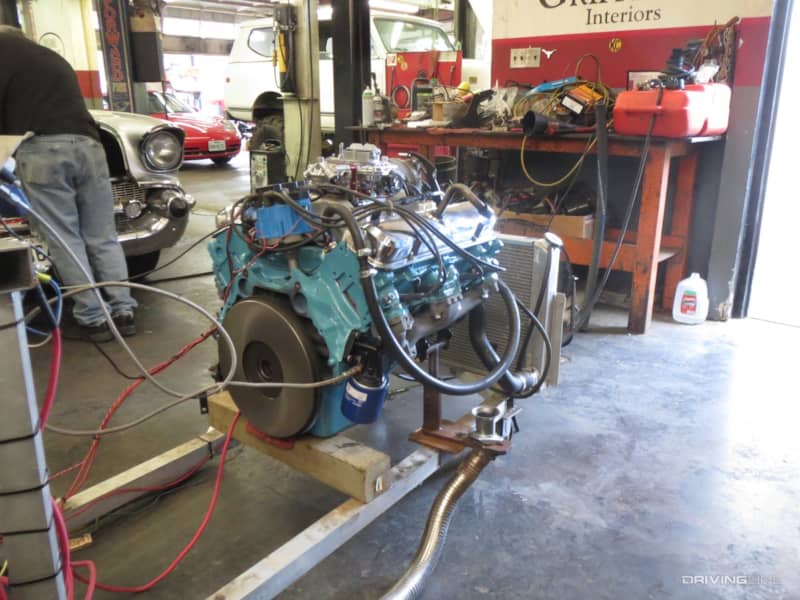
Pontiac offered the engine in both two-bolt and four-bolt main caps, with the latter found on H.O. (High Output) engines. It was also possible to order Super Duty version of the 455, which featured additional internal mass to strength the block and internals for extended high RPM excursions.
All The Torque
The original 1970 Pontiac 455 'big block' V8 was good for between 360 and 370 horsepower and 500 lb-ft of torque. At first glance this didn't transcend the 370hp on offer by the Ram Air IV version of the 400 V8 available in the GTO that same year, or even Pontiac's 366 horsepower Ram Air III 400 motor.
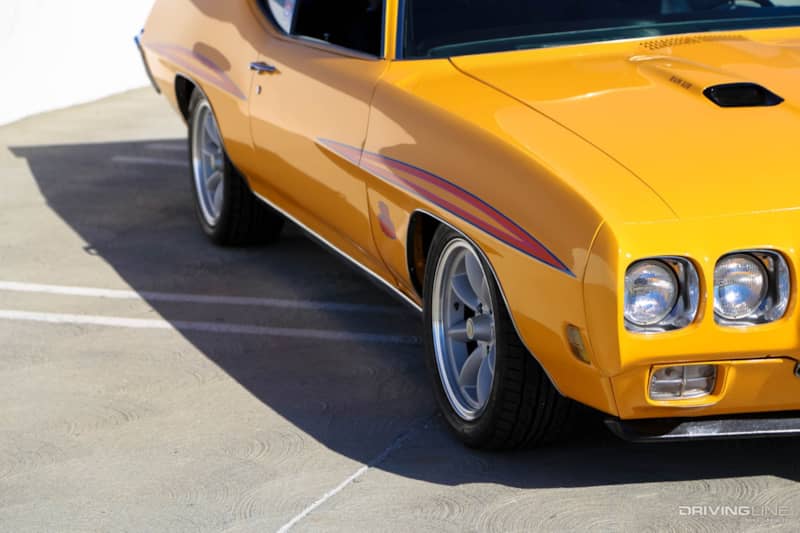
Part of the deficit was explained by the lack of the brand's planned Ram Air V system, as the 455 never received the tunnel port heads that had been on the drawing board due to worries about upcoming federal emissions and fuel economy regulations.

Still, looking past the spike on the dyno chart revealed a torque monster that provided exceptional mid-range throttle response and the kind of cruising manners that made it feel at home in both smaller performance cars like the Pontiac GTO 455 as well as larger luxury sedans.
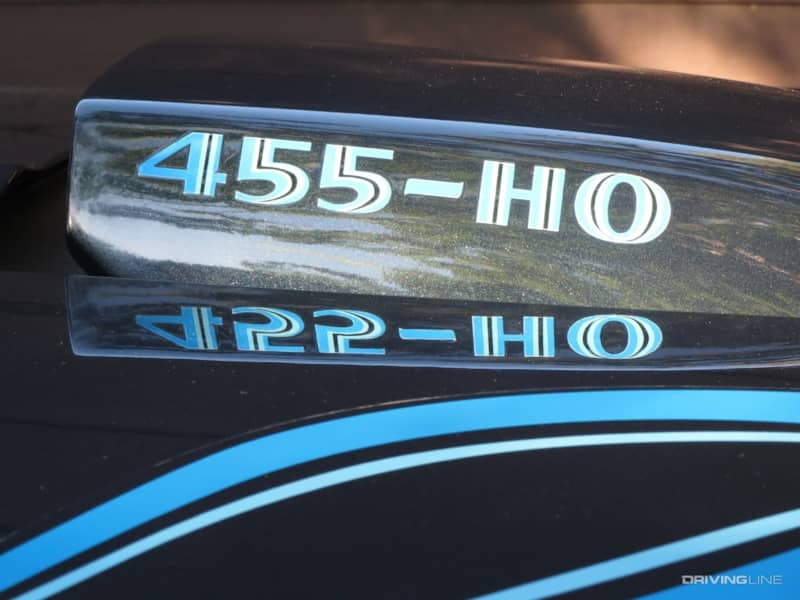
The following year Pontiac would take one step forward and two steps back with the 455 H.O. motor that dropped compression to 8.4:1, scavenging 335hp and 480 lb-ft for the GTO but sounding a death knell for GM's commitment to high performance drivetrains in the 1970s. In 1972 the engine would be carried forward largely unchanged, but the move from gross to net output reporting saw it advertised at 300hp.
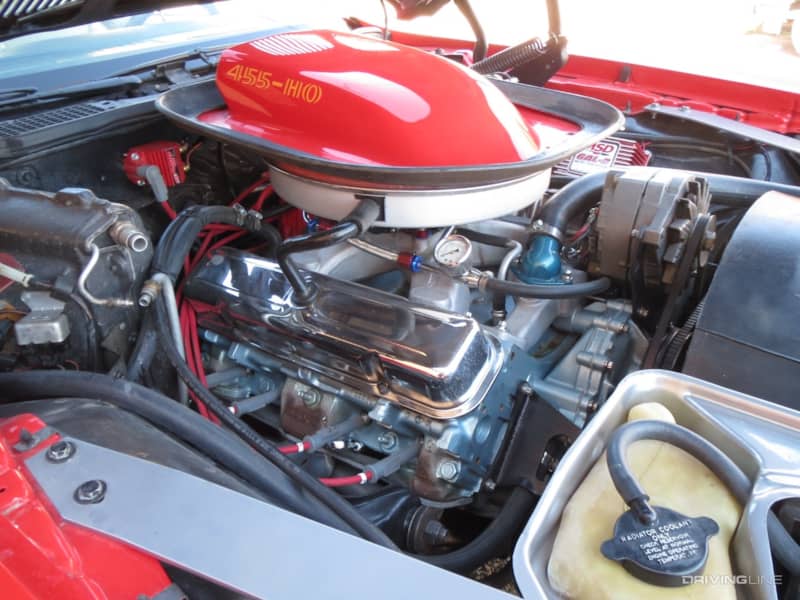
The 455 would live on through the early '70s in the Firebird, with the 455 Super Duty Trans Am featuring a 310hp version of the engine in 1973. This figure dropped by 20 ponies soon afterwards as Pontiac designers swapped in less aggressive camshaft profiles to stay on the EPA's good side. By 1975 the 400 had replaced the 455 as the spiciest engine on the Firebird's order sheet, unless you specified the Trans Am. Full-size Pontiac cars were still in the 455 SD mix, too, and remained so until 1976.
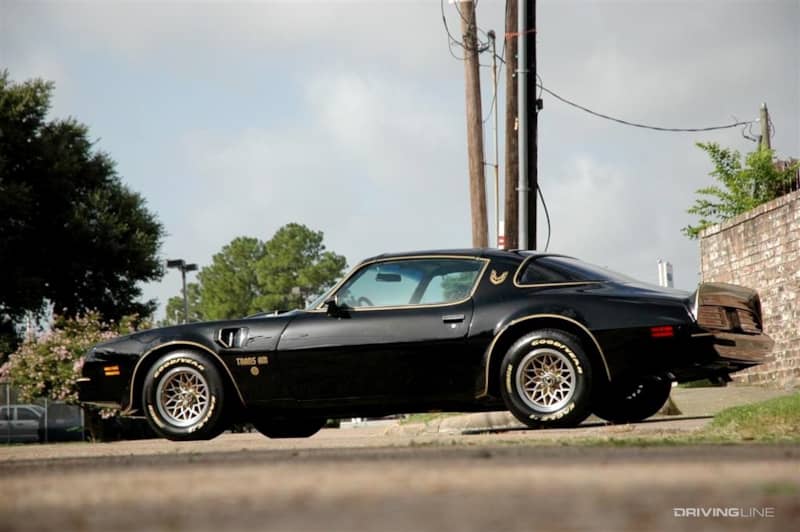
Despite being neutered from the factory, the specifications on almost every 455 engine are strong enough to easily support builds of up to 600hp for today's restomod and drag race builders. This is especially true of the later SD engines, which provided a robust design that is only a cam and an intake away from churning out heady power on pump gas, and is not difficult to find in salvage yards across the country.




